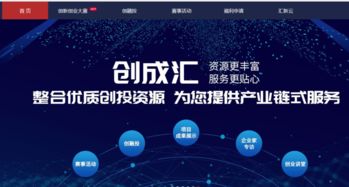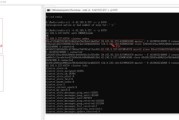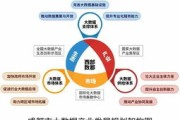Title: Finding the Best Big Data Integration Solution
In today's datadriven world, the integration of big data is crucial for organizations aiming to harness the power of their data. With numerous options available, selecting the right big data integration solution can be daunting. Let's explore some key factors to consider when evaluating different providers.
1. Scalability:
One of the primary considerations when choosing a big data integration solution is scalability. As your data volume grows, the solution should seamlessly accommodate increasing demands without compromising performance. Look for providers that offer scalable architectures capable of handling large datasets efficiently.
2. Flexibility:
Every organization has unique data integration requirements. A good big data integration solution should be flexible enough to adapt to various data formats, sources, and destinations. Whether you're dealing with structured or unstructured data, the solution should support diverse data types and integration scenarios.
3. Compatibility:
Integration with existing systems and technologies is critical for minimizing disruption to your operations. Evaluate whether the solution seamlessly integrates with your current infrastructure, including databases, data warehouses, cloud platforms, and analytics tools. Compatibility ensures smooth data flow across your ecosystem.
4. Performance:
The speed and efficiency of data integration processes directly impact decisionmaking and operational agility. Assess the performance benchmarks provided by different providers, considering factors such as data processing speed, latency, and throughput. Opt for solutions that deliver high performance without compromising data accuracy or reliability.
5. Data Governance and Security:
Protecting sensitive data and ensuring compliance with regulatory requirements are paramount concerns for organizations handling big data. Look for solutions that prioritize data governance features such as access controls, encryption, auditing, and compliance monitoring. Robust security measures safeguard your data throughout the integration process.
6. Automation and Orchestration:
Manual data integration processes are not only timeconsuming but also prone to errors. Seek out solutions that offer automation capabilities to streamline repetitive tasks and minimize human intervention. Additionally, features like workflow orchestration enable complex data integration workflows to be executed efficiently.
7. Support and Maintenance:
Timely support and regular updates are essential for maximizing the value of your big data integration investment. Evaluate the level of support offered by providers, including documentation, training resources, and responsive customer service. Additionally, consider the frequency of software updates and the provider's track record in addressing issues promptly.

8. Total Cost of Ownership (TCO):
While upfront costs are important, it's crucial to consider the longterm implications of adopting a particular big data integration solution. Assess the TCO over the solution's lifecycle, taking into account factors such as licensing fees, implementation costs, maintenance expenses, and potential scalability costs. Choose a solution that offers the best balance of features and value for your organization.
Conclusion:
In conclusion, selecting the best big data integration solution requires careful consideration of various factors ranging from scalability and flexibility to security and TCO. By thoroughly evaluating different providers based on these criteria, organizations can choose a solution that meets their specific needs and empowers them to derive actionable insights from their data assets.
Need assistance with HTML implementation?
Let me know, and I can help you convert this content into HTML format.




